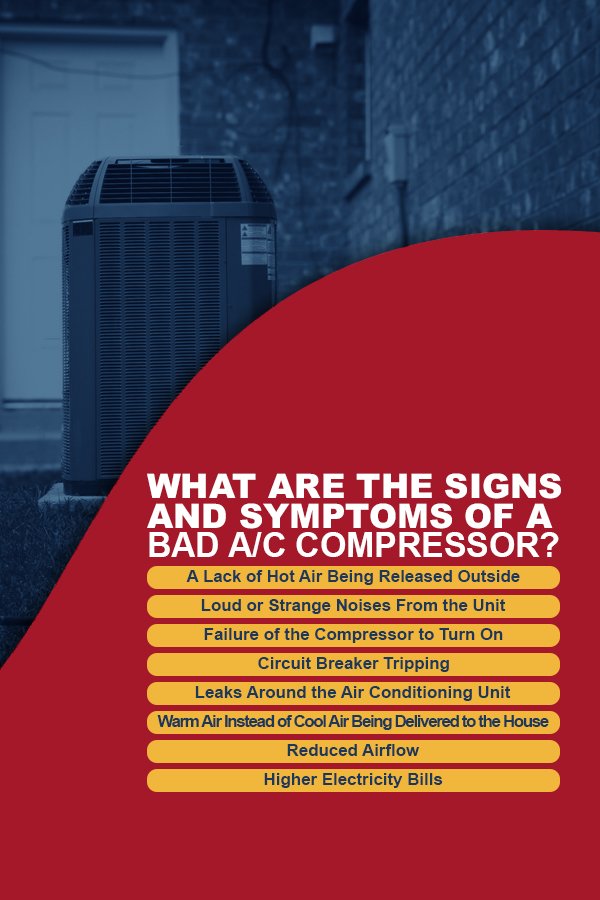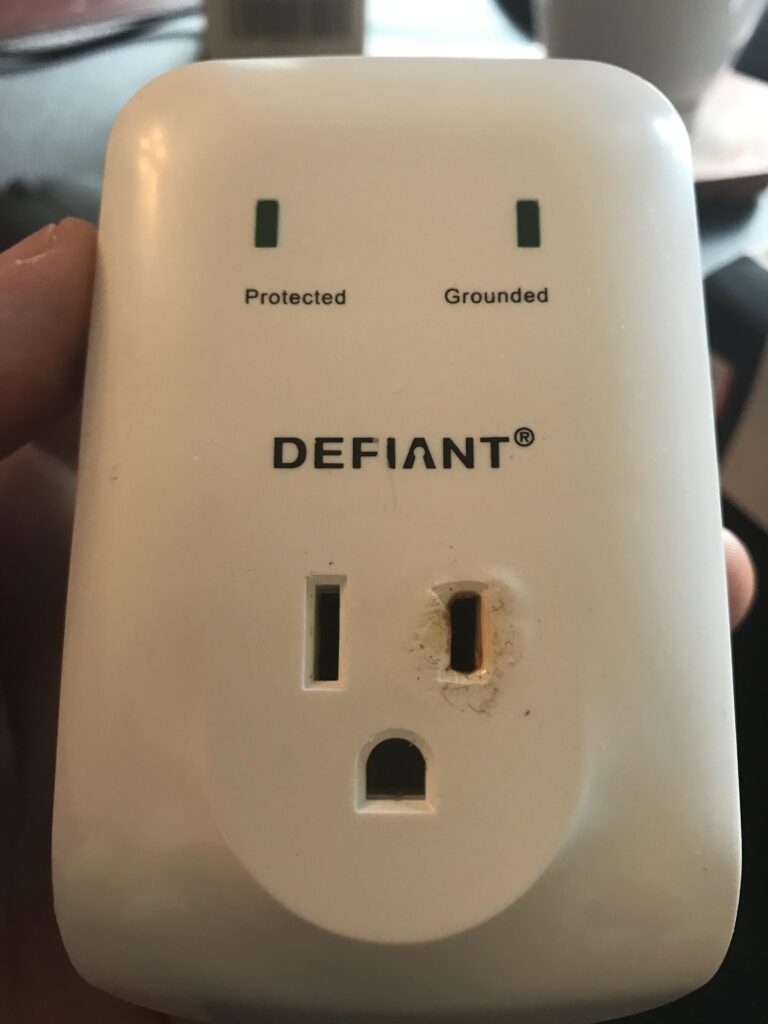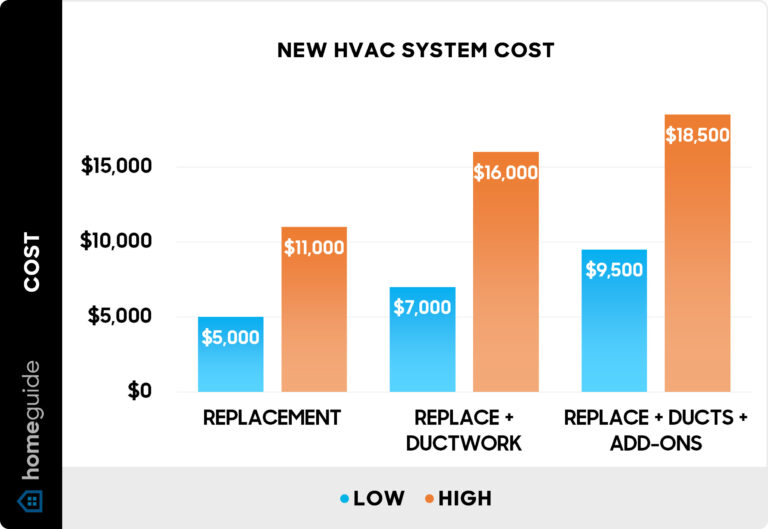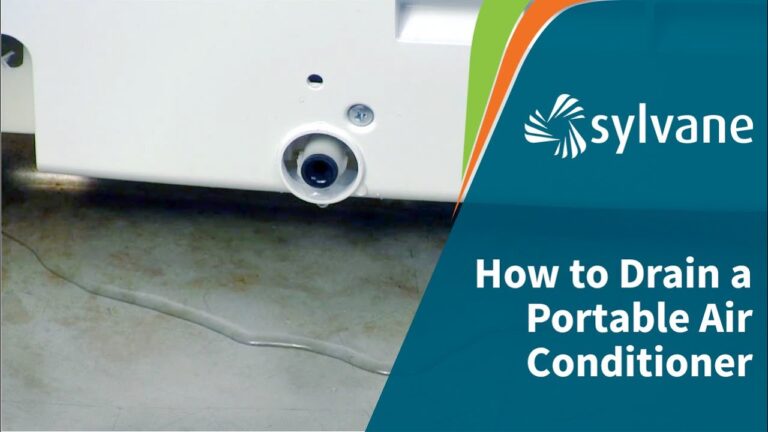How Do I Know If My AC Clutch Is Bad: Signs and Solutions
If your AC clutch is bad, you may notice the AC not cooling properly or strange noises from the compressor. A faulty clutch can also cause the AC to cycle on and off rapidly.
The AC clutch plays a vital role in your vehicle’s air conditioning system. It engages and disengages the compressor, allowing the AC to function effectively. Symptoms of a bad AC clutch include weak cooling, unusual noises, and frequent cycling. Early detection is crucial to prevent further damage to the AC system.
Regular maintenance and inspections can help identify issues before they escalate. A malfunctioning AC clutch can lead to discomfort and higher repair costs. Always consult a professional mechanic for accurate diagnosis and repair.
Common Symptoms
If your AC clutch is bad, your air conditioning system may fail. Recognizing the signs can save you from discomfort. Here are some common symptoms to watch for:
Unusual Noises
One of the first signs is strange sounds. A bad AC clutch often makes grinding or squealing noises. These noises come from the engine bay. They can be loud and annoying.
- Grinding Noise: This happens when the clutch bearing is worn out.
- Squealing Noise: This indicates a slipping clutch.
Listen for these sounds when you turn on the AC. If you hear them, the clutch may need replacement.
Ac Not Cooling
A bad AC clutch can cause poor cooling. The air from the vents may not be cold. This happens because the clutch cannot engage the compressor.
| Symptom | Possible Cause |
|---|---|
| Warm Air | Clutch not engaging |
| Intermittent Cooling | Clutch slipping |
If your AC is not cooling, the clutch may be the issue. Check it to avoid further damage.

Credit: www.youtube.com
Visual Inspection
Performing a visual inspection is a crucial step to determine if your AC clutch is bad. By examining the clutch’s physical condition, you can identify common signs of damage or wear. This can help you decide if further action is needed.
Check For Damage
Start by turning off your car and opening the hood. Locate the AC clutch near the front of the engine. Carefully inspect the clutch for any visible damage. Look for cracks, breaks, or any other obvious signs of physical harm. Damaged components can cause the AC clutch to malfunction.
| Signs of Damage | Possible Issues |
|---|---|
| Cracks | Structural failure |
| Breaks | Complete malfunction |
| Bent parts | Improper functioning |
Look For Wear
Next, examine the AC clutch for signs of wear. Worn-out clutches can often show discoloration or uneven surfaces. These symptoms indicate that the clutch is not engaging or disengaging properly.
- Discoloration: A burnt or darkened clutch surface suggests overheating.
- Uneven surfaces: Irregular wear patterns indicate improper contact.
- Looseness: A loose clutch can cause grinding noises.
Use a flashlight to get a clear view of the clutch. Rotate the clutch by hand if possible. This helps to check for smooth operation. A worn clutch may feel rough or gritty when turned.
By performing a thorough visual inspection, you can catch early signs of a bad AC clutch. This can save you time and money on more extensive repairs.
Performance Issues
Recognizing performance issues in your AC system is crucial. A bad AC clutch often causes these issues. This section will help you identify some common performance problems.
Intermittent Cooling
Do you experience intermittent cooling? This might indicate a bad AC clutch. When the clutch is failing, it engages and disengages randomly. This leads to inconsistent cooling.
- AC cools for a while, then stops.
- Temperature fluctuates without warning.
- Cooling performance varies during the drive.
These symptoms affect the comfort inside your car. It’s essential to address them promptly.
No Airflow
No airflow from the vents is another sign of a bad AC clutch. If the clutch fails completely, the AC compressor doesn’t run. This results in no air coming through the vents.
- AC blower works but no cool air comes out.
- System might make unusual noises.
Check these signs to determine if the AC clutch is the culprit.
| Issue | Possible Cause |
|---|---|
| Intermittent Cooling | Failing AC Clutch |
| No Airflow | Non-functioning AC Compressor |
Addressing these performance issues quickly can save you time and money. It ensures a comfortable driving experience.
Electrical Problems
Electrical problems can cause your AC clutch to fail. Identifying these issues early can save you from expensive repairs. The most common electrical problems include blown fuses and wiring issues.
Blown Fuses
A blown fuse is one of the simplest problems to identify. Fuses protect electrical circuits from overloading. When a fuse blows, the AC clutch won’t engage. To check for a blown fuse, follow these steps:
- Open the fuse box.
- Find the AC fuse using the diagram.
- Check if the fuse is burnt or broken.
If the fuse is blown, replace it with one of the same rating. Always keep spare fuses in your car for emergencies.
Wiring Issues
Wiring issues are more complex than blown fuses. Damaged or frayed wires can prevent the AC clutch from working. Here’s how to inspect wiring issues:
- Turn off the car engine.
- Locate the AC clutch wiring harness.
- Look for visible damage, such as cuts or burns.
If you find damaged wires, use electrical tape or replace the wire. Make sure the connections are secure to avoid further problems.
Electrical problems in your AC system can be tricky. By checking for blown fuses and wiring issues, you can diagnose your AC clutch problems. Always consult a professional if you are unsure.
Mechanical Failures
Experiencing issues with your AC system can be frustrating. One common problem lies with the AC clutch. Understanding the mechanical failures is key. Let’s explore two main issues: Seized Clutch and Slipping Clutch.
Seized Clutch
A seized clutch means the clutch is stuck. It can no longer engage or disengage. This can lead to a complete AC system shutdown. Common signs include:
- AC not blowing cold air
- Strange noises when AC is on
- Burning smell from the AC
To confirm a seized clutch, you may need a professional. They will check if the clutch is stuck and can’t move.
Slipping Clutch
A slipping clutch fails to maintain a solid grip. This impacts the AC’s performance. Symptoms of a slipping clutch include:
- Intermittent cooling
- Unusual noise during operation
- Reduced airflow
A slipping clutch can wear out quickly. It may cause further damage to the AC system.
Both issues need timely attention. Ignoring them can lead to more costly repairs.

Credit: accontractors.com
Diagnostic Tools
Identifying a bad AC clutch can be tricky. Using the right diagnostic tools makes it easier. These tools help pinpoint the issue precisely. Let’s explore two key tools used for this purpose.
Using A Multimeter
A multimeter is essential for checking the AC clutch. It measures voltage, current, and resistance. Follow these steps to use a multimeter:
- Set the multimeter to measure resistance (ohms).
- Locate the AC clutch connector.
- Place the multimeter probes on the connector terminals.
- Read the resistance value on the multimeter display.
If the reading is too high or too low, the clutch may be bad. Compare it with the manufacturer’s specifications for accuracy.
Pressure Gauges
Pressure gauges help check the refrigerant levels. Low refrigerant can affect the AC clutch. Here’s how to use pressure gauges:
- Connect the pressure gauges to the AC system’s service ports.
- Start the vehicle and turn on the AC.
- Observe the readings on the low and high-pressure gauges.
Check the readings against the recommended levels. Abnormal readings indicate a problem with the AC system or clutch.
Using these tools helps diagnose an AC clutch issue quickly. Ensure you follow the steps carefully for accurate results.
Repair Options
If your AC clutch is bad, you have a few repair options. These options depend on the severity of the issue. Let’s explore the most common repair methods.
Replacing The Clutch
Sometimes, the best solution is replacing the clutch. This option is straightforward. A mechanic can remove the old clutch and install a new one. Here are the steps:
- Disconnect the battery to ensure safety.
- Remove the serpentine belt to access the clutch.
- Detach the old clutch from the compressor.
- Install the new clutch and secure it.
- Reconnect the serpentine belt and battery.
Replacement is often quick, but it needs professional skills. Also, using the right tools is crucial.
Repairing The Ac System
Sometimes, more than the clutch is faulty. In such cases, repairing the AC system might be necessary. This involves checking the entire system. Here are common steps:
- Inspect the compressor for damages.
- Check for refrigerant leaks.
- Examine the electrical connections.
- Test the AC pressure levels.
Each part should work perfectly for the AC to function well. A detailed inspection can reveal other hidden issues.
Here is a table summarizing repair options:
| Option | Steps Involved |
|---|---|
| Replacing the Clutch |
|
| Repairing the AC System |
|
Both options can restore your AC’s functionality. Choose the one that fits your needs best.

Credit: www.cutterchryslerjeepdodgeramhonolulu.com
Preventative Maintenance
Maintaining your AC clutch helps avoid costly repairs. It also ensures your AC works efficiently. Follow these steps to keep your AC clutch in top shape.
Regular Inspections
Regular inspections of your AC system are crucial. They help identify potential issues early. Check the AC clutch for wear and tear. Look for any unusual noises or vibrations. These signs could indicate a problem.
Inspect the AC belt for cracks or fraying. A damaged belt affects the clutch’s performance. Make sure all connections are tight. Loose connections can cause the clutch to malfunction.
Timely Repairs
Perform timely repairs to avoid bigger issues. If you notice any problems, address them immediately. Replacing a damaged clutch is cheaper than fixing a broken AC unit.
Use a professional mechanic for repairs. They have the right tools and expertise. Ensure they use high-quality parts for replacements. This ensures your AC system runs smoothly.
| Maintenance Task | Frequency |
|---|---|
| Inspect AC clutch | Every 6 months |
| Check AC belt | Every 6 months |
| Tighten connections | Every 12 months |
| Replace worn parts | As needed |
Frequently Asked Questions
How To Tell A Bad Ac Clutch?
A bad AC clutch makes loud noises, fails to engage, or causes the AC to blow warm air. Check for burnt smells.
What Happens If An Ac Clutch Goes Out?
An AC clutch failure stops the compressor from engaging. This leads to ineffective cooling and potential damage to the AC system. Repair or replace the clutch to restore functionality.
What Are The Symptoms Of A Failing Ac Compressor?
Symptoms of a failing AC compressor include strange noises, reduced cooling, frequent cycling, refrigerant leaks, and the AC not turning on.
Conclusion
Identifying a bad AC clutch is crucial for maintaining your car’s cooling system. Pay attention to unusual noises, poor cooling performance, or visible damage. Regular maintenance and prompt repairs can prevent further issues. Understanding these signs helps ensure your vehicle remains comfortable and efficient, especially during hot weather.
Keep your AC system in top shape.





